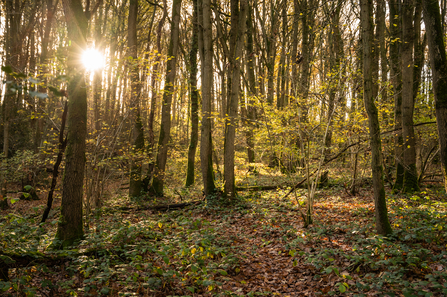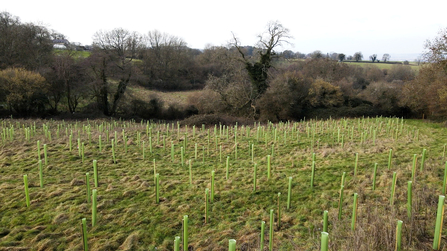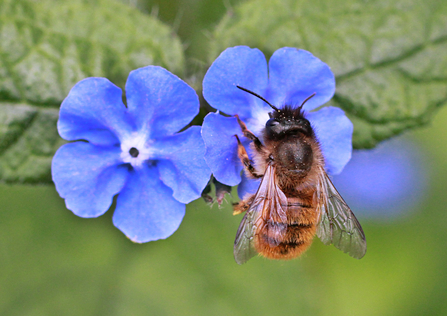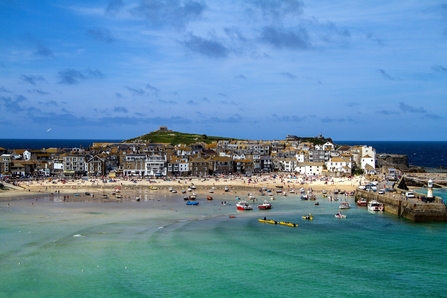Seeds of hope?
Last month, the Environment Secretary, George Eustice, set out plans to restore nature and build back greener after the pandemic. He unveiled a range of policy announcements for nature’s recovery, including new peat and tree strategies, increased funding, and a species reintroduction taskforce. You can find out more about the detail of the announcement and the Wildlife Trusts’ response here.





